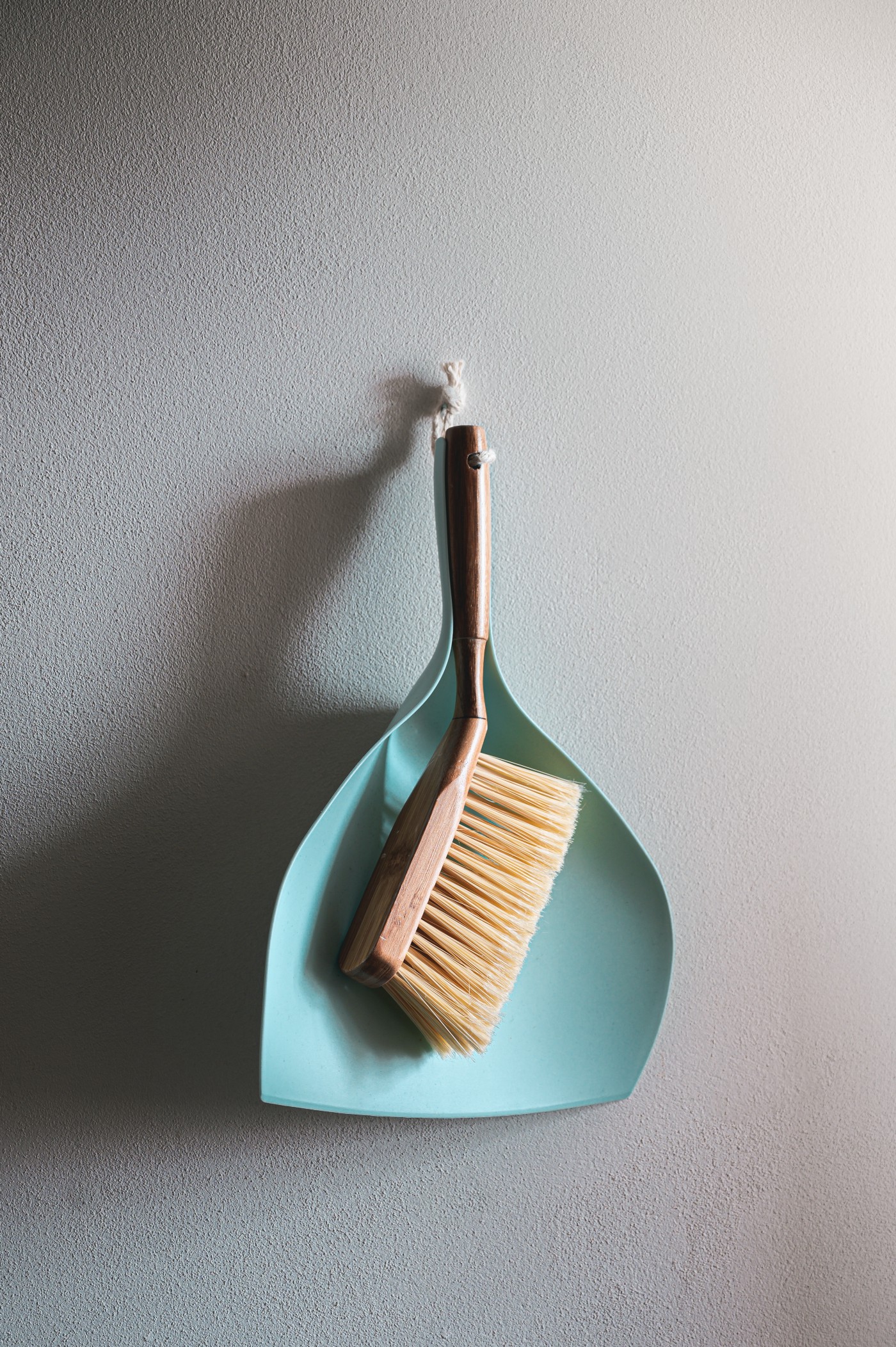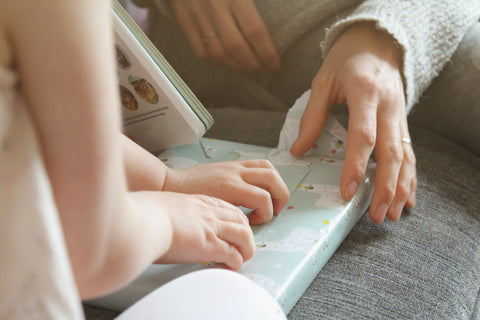Decluttering is hard; It isn’t just stuff you’re letting go of. The tough part is going through all the emotional connection you have with your items and then staying clutter-free.
As a professional organizer specializing in chronic disorganization, hoarding, and ADHD, those who struggle to stay clutter-free are those who don’t have a chance to reflect and understand themselves and the reason for the clutter.
To make long lasting changes, it begins with asking tough questions. That’s where the SHiFT® method comes in. We look at each item together and see how it affects your life in 5 ways:
- S – Social
- H – Health
- i – I am deserving
- F – Finances
- T – Time
I’ve put together a list of 4 questions rooted in the SHiFT® method (that I ask my clients) to help you effectively and mindfully declutter. You can also find 7 effective tips to avoid future clutter from sneaking back into your home.
Let’s get started.
Question #1: What Purpose Does This Item Serve? Do I Actually Use It?
Each item has a purpose. What does the item you are holding do?
Does it help you cook? Does it help you clean? Does it make you healthier? This question is for the practical function of the item before you dig into how you feel about it (question #2).
Asking the purpose of an item as you hold it in your hand allows you to see patterns in items you have duplicates of.
For example, if you have 5 scissors in your office, you can probably get rid of a few.
If you’ve only used one of the five scissors, you know exactly which ones to keep or toss.
Question #2: How Does This Item Affect Me if I Keep It or Toss It?
This is my favorite question because you dig deep about how the item directly impacts your daily life. Ideally, each item you have in your home brings joy and helps you every day. But it’s easy to forget, when you’ve had items for a long time.
- If you keep the item, will it improve your life? Not make a difference? Make your life more difficult? Will you feel sad? Relieved? Happy? And why?
- If you toss it, will it drastically change your life? Will you feel sad? Relieved? Happy? And why?
Through your answers, you gain clarity on the importance of the presence or absence of each item.
If you are okay with letting it go, make a mental (or written) note to not buy it again in the future.
Also, if it doesn’t add value to your life right now, you can let it go.
Question #3: Why Am I Having a Hard Time Letting This Item Go?
Whether it’s your grandma’s old china, grandfather’s stack of newspapers, or old clothes, guilt has an odd power to keep you tied to items you don’t love anymore.
Guilt can come from a few places:
- Already spending the money on the item
- Tossing or regifting a present from a loved one
- Not using the way it was intended
It’s hard to part with items you spent your hard-earned money on and didn’t make the most of. But it doesn’t mean you have to keep it anymore, either. The time, energy, and care you have to spend on the item in the future will far outweigh the money you’ve already spent. If the item is in good condition, you can always sell it to make some money back.
Feeling guilty about regifting is normal, but don’t be trapped by it. Gifts are meant to make you happy. If the item doesn’t make you happy anymore, it’s okay to regift, donate, or sell to let someone else love it.
It’s essential to be authentic to who YOU are, not wear the guilt from your past.
Actionable Steps:
- Ask yourself where the guilt is coming from.
- Tell yourself it’s okay to let it go because you’re doing what is best for you right now.
- Use these moments as a lesson moving forward.
Question #4: Which One Is My Favorite?
Decluttering is hard because you part ways with some of your favorite items, but it doesn’t mean you have to get rid of all of them.
Let’s say you are a candle lover and have hundreds of candles, and it’s taking over your cabinets. Whether it’s candles, clothes, or books, you have a favorite. You can say that you love all of them, but if I asked you to go in your drawer to choose one, you would be able to pick the one you love.
Then give yourself a limit on how many you can keep or what your space allows. Repeat this a few times, and you’ll end up with a curated collection of your own.
You can’t read all the books you have at the same time. And you certainly can’t wear all your clothes at once either.
Now, with a small collection, you can enjoy the space you have and want items you love.
Actionable Steps: Put all the items in the same category together and set a rule for how many of them you want to keep. Example: Pick 10 candles of your choice, and the rest will be donated or sold.
Use these effective tips to stay clutter-free
Stopping more items from coming into your home can be more challenging than taking them out. These simple yet practical tips will help you identify if things are worthy of being a part of your home.
SHiFT® Tip #1: Ask Yourself if the Item You Want Is Worth Your Time, Money, and Energy
For an item to make it into your home, make sure it checks off all the marks. You deserve to be happy and love the space you’re in.
SHiFT® Tip #2: Write Down Your Favorites
You’ve done the hard work of decluttering and are left with your favorites. Make a list of products and items you love and use it as a reference when you need to restock in the future.
SHiFT® Tip #3: Limit the Number of Items You Buy
Don’t buy more than you need. Before going out to shop, look at the inventory you already have at home. Write the number of items you need and stick to it. This simple step can help you keep your inventory stocked but not overfilled. It also keeps your wallet happy.
SHiFT® Tip #4: Make Rules for Yourself
Setting rules for yourself is a simple way to make decisions about items you bring in or take out of your home.
One rule I work on with my clients is if they say, “I don’t know,” to a question regarding an item. That’s an automatic decision that the item(s) are unimportant and can be let go.
An example question would be: Why do you like this item? If they say, “I don’t know,” it instantly goes into the donation bin.
When buying an item, you can ask yourself, “Do you love this item?” If the answer is anything but yes, don’t buy it or look back.
SHiFT® Tip #5: Text a Friend Before Buying
A habit that has helped many clients is texting a friend or me before buying something.
By reaching out, you can have a conversation and talk about the item in question and why you need it. If your trusted and honest friend agrees, feel free to make the purchase. Sometimes, you might not even want it at the end of the conversation anymore.
Bonus SHiFT® Tip: Online shopping makes purchasing products easier than ever. A simple habit is to add the item you want to your wishlist and check back in a week to see if you still want it.
Most Important Step to Decluttering: Reward Yourself
Every step you take in decluttering is a big one. Fighting your urge to buy more and to let items go requires strength and perseverance.
During this process, don’t forget to reward yourself for victories, no matter how small (you think they are).
Reward yourself with experiences you know you’ll love. For example, you can go on a walk, grab lunch with friends, or get a massage or pedicure. If you’re a daredevil, go skydive.
Taking time to take care of yourself is an essential step in our SHIFT method, and recognizing that you’ve come a long way.
You should be proud of yourself.
Fast-Track Your Decluttering Process
Are you looking to speed up your decluttering process to live the life you deserve?
Decluttering on your own can be lonely and hard on your mental health. You’re questioning whether or not you deserve to live better or if you can even successfully declutter in the first place.
Let me tell you; YOU CAN do it and deserve to live better.
And you don’t have to do it alone.
As a professional organizer who specializes in helping those with chronic disorganization, hoarding, or ADHD, I’m here to help you.
When we work together, I’m with you every step of the way so you can make the SHiFT® in your life. When you work with me, you get more than just an organizer; you also get:
- Someone who asks all the hard questions (and helps you understand your answers)
- A support system who encourages you on your decluttering journey
- My team to help you get through your clutter faster than on your own
And so much more.
Get the help you deserve and feel the SHiFT® today.
Schedule a call below to learn more.
Warmly,
Jen




+ show Comments
- Hide Comments
add a comment